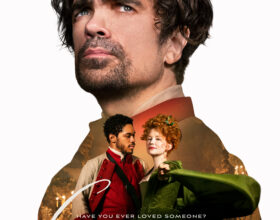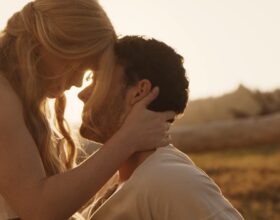The Synopsis:
The hypnotic and hallucinatory tale of two lighthouse keepers on a remote and mysterious New England island in the 1890s.
The Review:
The Lighthouse’s powerful aesthetic may focus, mystify, and nearly drown its audience. Filmed in gorgeous black-and-white with an almost square aspect ratio, our attention is isolated and charged. Potential themes, concepts, and images storm around: a destroyed clock, perished seagulls, a staircase that spirals like a seashell toward a terrible light. Are these beacons of storytelling perspective, or lures toward a narrative abyss? With such an emphasis on aesthetics, does it matter?
The film is anchored by its aesthetic. For the audience, that means they may expect a cinematic plunge into seas of insanity and darkness. It means incredible cinematography, intense performances, and attention to the film’s setting in place and time. It also means graphic sexuality, violence, and language. An array of sexual acts are portrayed or implied, violence is brutal, language is salty as the sea, and there are pervasive aspects regarding insanity and negativity.
The Lighthouse casts an intense beam, but sailors beware. Its light could be a siren on a cinematic shore of darkness.
The Lighthouse is not Dove-approved.





